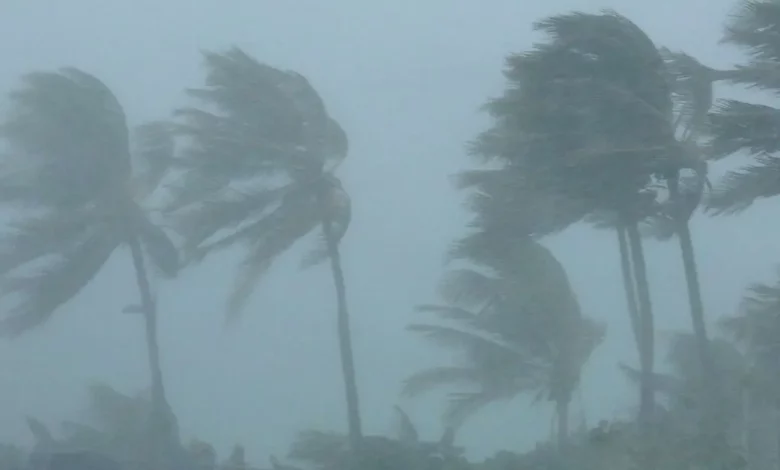
Context- In a report published on Nature Geoscience, researchers have determined downslope winds were assisting cool the Himalayan glaciers.
About Himalayan Katabatic Wind
- Scientists have exposed a shocking climate phenomenon in the Himalayas which can quickly sluggish down the impacts of the global weather disaster.
- This revelation stems from the observation of ‘katabatic’ winds, brought on while excessive temperatures have an effect on high-altitude ice loads.
- The look at, posted within the magazine Nature Geoscience, utilized information from the Pyramid International Laboratory/Observatory weather station on Mount Everest, the sector’s tallest summit.
What are Katabatic winds?
- Katabatic winds are downhill winds which are generated while the surface of a mountain is cooler than the adjoining atmosphere.
- When a temperature gap is created among the air flowing above the mountains and the cooler air immediately in touch with ice masses, it creates a pressure gradient.
- This leads to an increase in turbulent warmness at the glacier’s floor and stronger cooling of the floor air mass.
- As the nice and cozy air gets cooler and denser, it sinks, triggering the katabatic winds in neighboring regions down the slope.
Role of katabatic winds
- Winds from the monsoon season are drawn upwards inside the daytime and are met with the katabatic winds.
- The convergence between the upward monsoonal winds and the downhill winds causes the monsoonal moisture to be lifted, producing a decent amount of rain, snow, sleet or hail over the glaciers.
Implication of katabatic winds
- The more advantageous katabatic winds are to power the convergence line among upslope and downslope winds in addition down the mountain.
- This approach shows that precipitation has improved at decreasing elevations, but decreased on the better elevations where glaciers are located.
- The lower precipitation over the glaciers has triggered them to lose mass during the last few many years.
Origin of katabatic winds
- A katabatic wind originates from radiational cooling of air atop a plateau, a mountain, glacier, or maybe a hill.
- Since the density of air is inversely proportional to temperature, the air will go with the flow downwards, warming about adiabatically as it descends.
- The temperature of the air depends on the temperature inside the supply region and the quantity of descent.
- In the case of the Santa Ana, as an example, the wind can (but does not always) end up hot by the time it reaches sea stage. In Antarctica, by way of contrast, the wind remains intensely bloodless.
- The entire near-surface wind field over Antarctica is essentially determined by using the katabatic winds, in particular outdoor the summer time, besides in coastal areas whilst storms may also impose their very own wind area.





.png)



